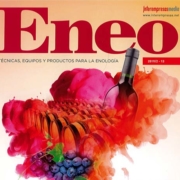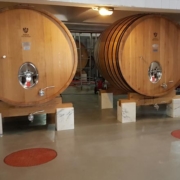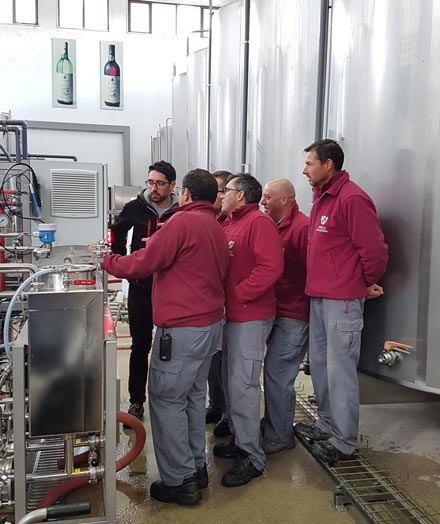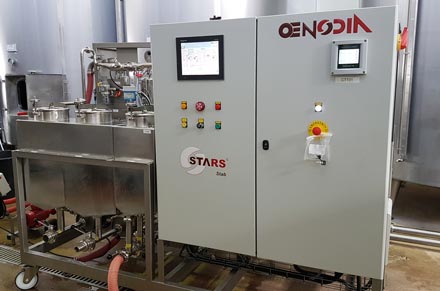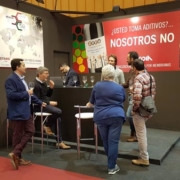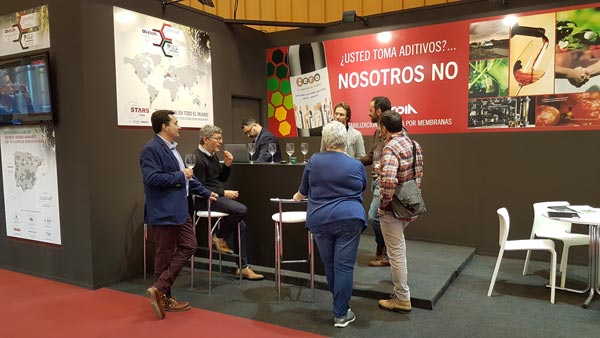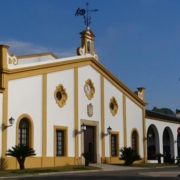Wine in Brazil: a taste for novelty
With a dynamic domestic market of adventurous consumers looking for novelty and quality, Brazilian wine production is naturally boosted. Increased appreciation towards espumante, Brazilian sparkling wine, is noted both at home and abroad.
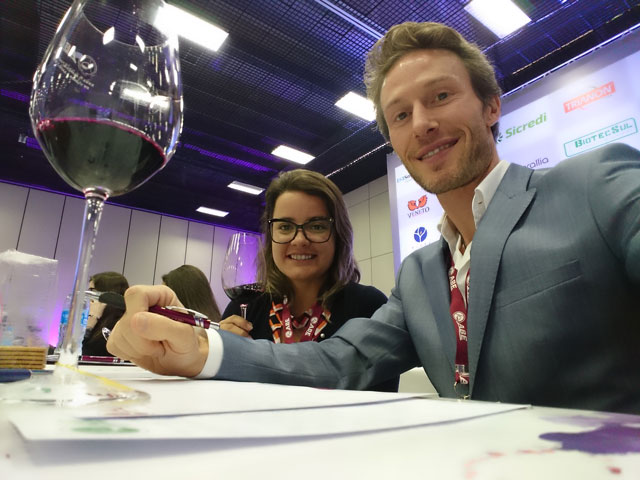
Renata & Fabien (Oenodia) at Wine South America, sept. 2019
Major producer, few consumers
7% of Brazilian adults enjoy wine almost every day – which means around 1.6 million daily consumers. Despite a low domestic consumption – 330 million litres, amounting to a yearly per-capita of 2 litres, compared to 50L for the French or… 59L for the Portuguese- Brazil is a major wine producer, the 13th in the world. According to the OIV (International Wine Organization), Brazil produced around 400 million litres in 2019.
90% of Brazilian wine production is located in the southern State of Rio Grande do Sul, where the Brazilian Wine Institute Ibravin counts 680 wine producers3.
Sparkling wines making a splash
Enjoying a glass of wine might not be a part of Brazilian culture yet, but recent market trends hint that we are slowly getting there. The number of regular consumers has been on a steady rise, reaching 32 million people in 2019, according to a Wine Intelligence study for Ibravin.
The driving force behind the rise? Rosé wine consumption, which went from a 2,1% market share in 2015 to 5,1 in 2019, and sparkling espumante wine consumption, the latter being lauded for their high quality. On a more global scale, wine consumption is expected to increase in developing economies, such as Brazil, and decrease in developed countries2.
Looking for something new
These statistics reveal the relatively untapped potential of the Brazilian market, where consumers, deemed adventurous, are on the lookout for novelty and quality4. To explore that potential, you might be interested in visiting the Wine South America trade show, happening every year in Bento-Goncalves. You may very well bump into an Oenodia team member there.
Enjoyed the read? Stay in touch for more on LinkedIn.
Um abraço,
Renata for the Oenodia team
1 https://www.clubedosvinhos.com.br/a-trajetoria-do-vinho-no-brasil/
2 https://www.wineintelligence.com/downloads/brazil-landscapes-2019/
https://www.meuvinho.com.br/news/783/mercado-de-vinhos-no-brasil-apresenta-crescimento
3 https://www.ibravin.org.br/admin/arquivos/estatisticas/1564503491.pdf
4 https://www.wine-xt.com/pt-br/blog/2019/12/12/previsoes-mercado-de-vinho-2019-veja-resultados
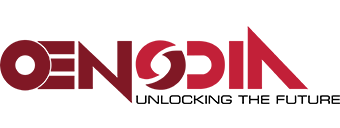
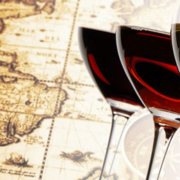
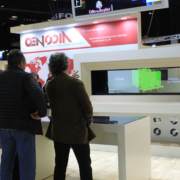
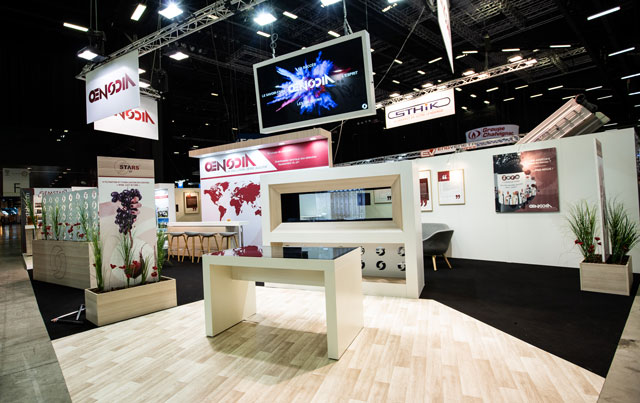
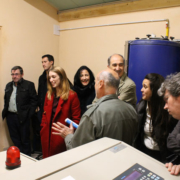
 La convención ibérica se enfocó en las oportunidades de la tecnología STARS® para la estabilización tartárica en España.
La convención ibérica se enfocó en las oportunidades de la tecnología STARS® para la estabilización tartárica en España.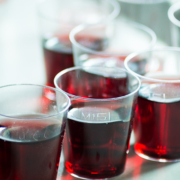
 Our Stars® technology can stabilize grape juice as well as wine. Let’s zoom in on how one of our US customers gets his juice flowing from the berry to the bottle.
Our Stars® technology can stabilize grape juice as well as wine. Let’s zoom in on how one of our US customers gets his juice flowing from the berry to the bottle.